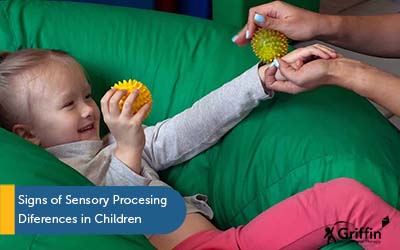A tale of two theories
The terms ‘Sensory Integration’ (SI) and ‘Sensory Processing’ to refer to the same theory. They are sometimes used interchangeably, however there are subtle differences. This article will help you to understand the history of the two terms. It will cover
A tale of two theories
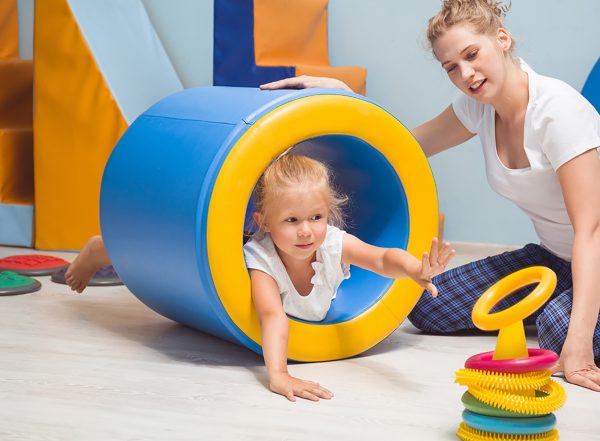
The terms ‘Sensory Integration’ (SI) and ‘Sensory Processing’ to refer to the same theory. They are sometimes used interchangeably, however there are subtle differences. This article will help you to understand the history of the two terms. It will cover
It began with Ayres Sensory Integration
Dr A. Jean Ayres first published her first book on sensory integration theory in 1972. She was the first author to use the term ‘Sensory Integration’ to describe sensory issues in children. Her book outlined both the sensory integration theory and her recommendations for sensory integration therapy.
More recently, the term ‘Sensory Processing Disorder‘ (SPD) is being used. This term was first published by Dr Lucy Miller in 2006. Dr Miller’s model of sensory processing is based on Ayres’ original sensory integration theory.
Depending on their training and/or work experience, therapists will use one or both of the terms. Often, they will usually use the term that they were taught when they trained. This is influenced by who they trained with, and where and when they completed their training.
To clarify ‘Sensory Integration’ and ‘Sensory Processing’ refer to the same initial idea of how the brain processes sensory messages. The differences between SI and SPD are subtle. In order to explain them, this post gives a short history of Ayres’ and Miller’s work.
Sensory Integration Theory
Dr A. Jeans Ayres in 1972 (p.1) first described Sensory Integration (SI) as ‘the organisation of the senses for use’. Dr Ayres was an occupational therapist working with children with learning disabilities in California. Noticing that many of these children interpreted sensory messages differently to their peers, she began to focus her attention on the touch, vestibular, proprioceptive and vision senses. Her research indicated that the children she was working with did not integrate, or combine, the messages from these senses very well. This is how she started to develop her sensory integration theory.
As a result of poor integration of the sensory messages, Dr Ayres theorised children could have challenges with:
- Postural control
- Coordination of both sides of the body (bilateral integration)
- Sensory sensitivity
- Discrimination and/or
- Dyspraxia.
Sensory Integration and learning
Dr Ayres felt that these SI challenges were contributing to the children’s difficulties with learning. This thinking can be seen in her sensory integration theory and is shown in the picture below. On the left, the sensory integration model shows the senses Dr Ayres felt were most likely to contribute to SI dysfunction. As you follow the model to the right, it shows the skills that each sense influences. Dr Ayres hypothesised that each skill formed the foundation for the next skill. Finally, resulting in the end products of concentration, attention, learning, etc.
Through her work, Dr Ayres created sensory integration therapy. She found that if she treated the children using a SI approach they made improvements in their learning. The is called a ‘bottom up’ approach because it works on improving foundation abilities with the expectation that this will have a knock on effect to function skills. So, for example, Dr Ayres felt that working on postural control and discrimination would improve a child’s handwriting without working specifically on handwriting. Many therapists still use this treatment approach today (Ayres® SI).
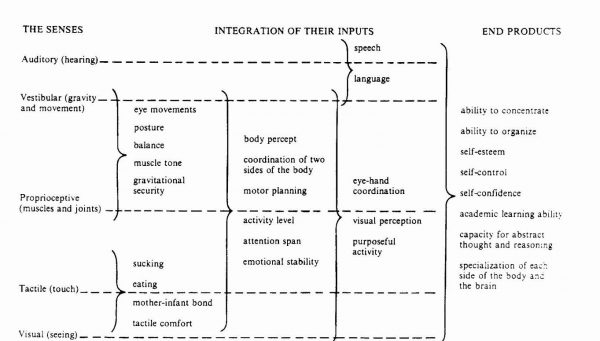
Image: Western Psychological Services SI and the Child 1979
A. Jean Ayres was a pioneer. Her theories and body of work has informed many researchers who continue to study the impact of the senses and sensory integration today.
Sensory Processing Disorder
Dr Lucy Miller first used the term Sensory Processing Disorder (SPD) in 2006 to describe sensory issues in her book, Sensational Kids. Dr Miller had initially studied under Dr Ayres. After this she has continued to research SI along with her colleagues. The primary aim of this research was to have SPD identified as a stand-alone diagnosis by the American Psychology Association in their updated manual the DSM-5. Dr Miller defined three parts to SPD: sensory modulation; sensory discrimination and sensory-based motor disorders.
Dr Miller’s model draws heavily on Ayres’ initial work and sensory integration theory. In my opinion, Dr Miller’s format is easier for parents and teachers to follow. Dr Miller also published her treatment approach in 2012 (A SECRET, Bialer & Miller).
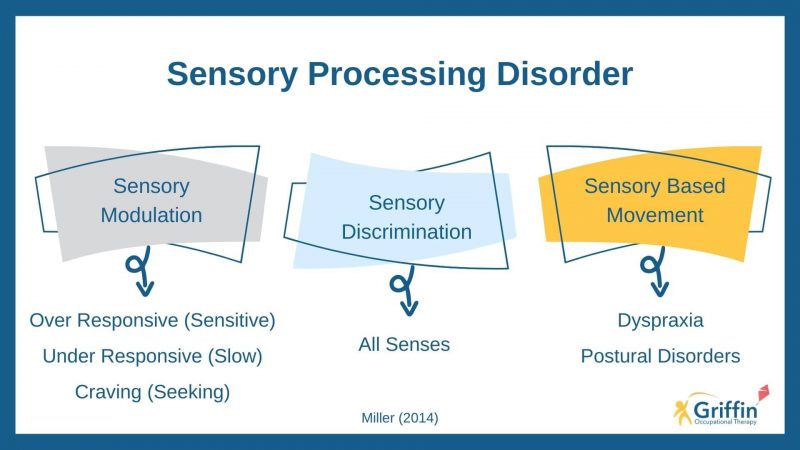
Is there a difference in how therapists from each tradition (SI or SPD) approach treatment?
In short, yes.
A pure Ayres® Sensory Integration therapy approach will be led by a trained therapist in a specialised clinic space. It must be child-led. The therapist continually creates opportunities at a ‘just right’ level to help improve the child’s sensory integration. Therapists using Ayres® SI should use the fidelity guidelines outlined by Parham and colleagues in 2011. These guidelines describe the core components of the Ayres® SI treatment.
Miller’s model uses elements of this approach, however, it includes additional therapies such as listening therapy. It also includes greater parent involvement in therapy and extra strategies for home and school. Most other authors will outline sensory strategies that can help to support the senses at home and school. These strategies can be used to complement direct sensory integration treatment.
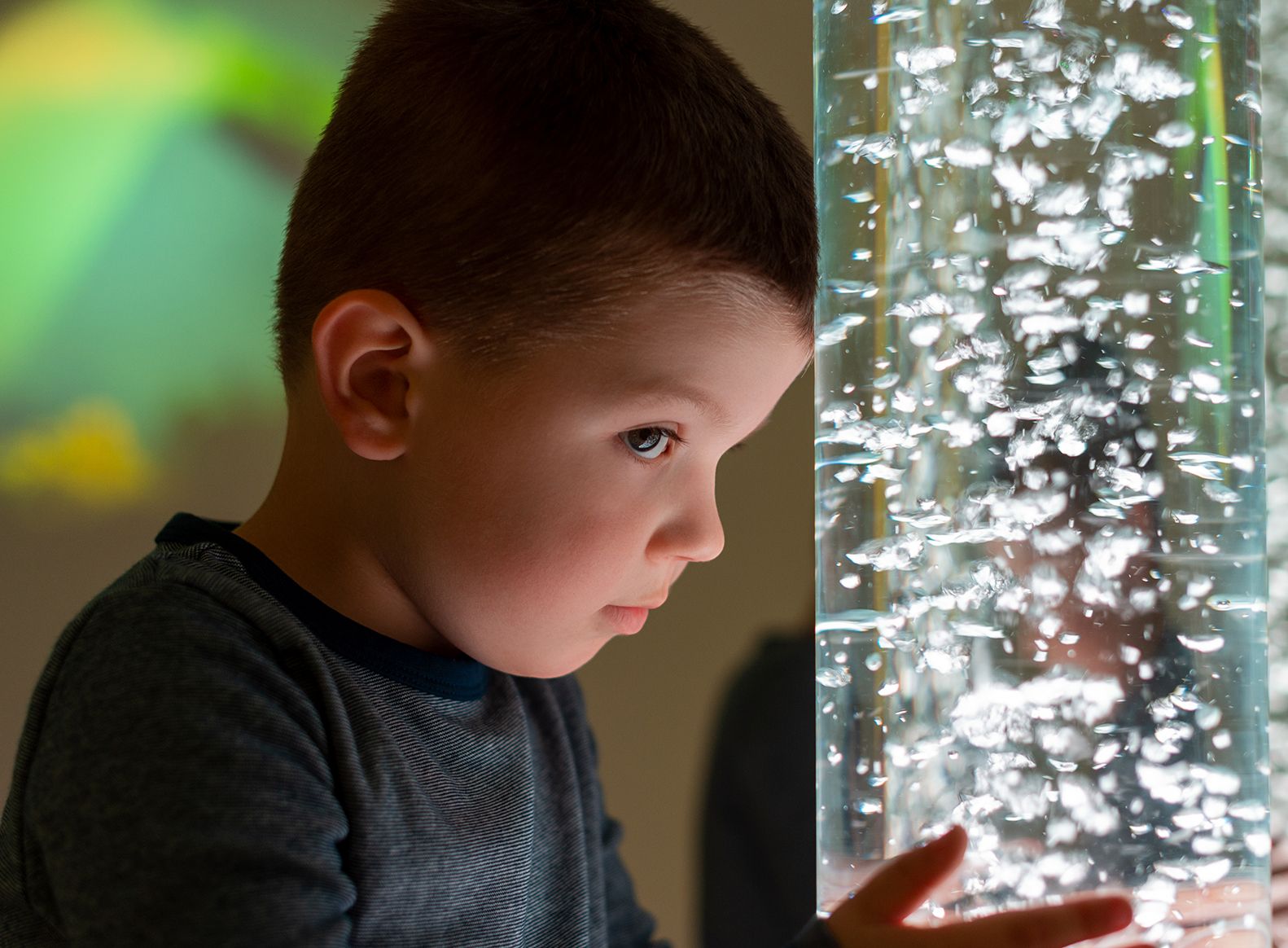
SI or SPD?
The terms ‘sensory integration’ and ‘sensory processing’ refer to the same theory and idea. As with many ideas, once the founder has passed on their knowledge, different roads are taken by their students. This has been the case for SI theory, resulting in the term ‘sensory processing’. My hope is that these different roads will ultimately lead to stronger evidence, and the best outcomes for children and adults that need help to organise their senses.
A History of Sensory Integration an Sensory Processing Disorder
1950-60s
Jean Ayres begins working on her theory of SI.
1972
Jean Ayres publishes Sensory Integration and Learning Disorders. In this book she outlines her SI theory and discusses how children can be assessed for SI dysfunction. The book also includes recommendations on how to treat and support children who have sensory challenges.
1979
Sensory Integration and the Child is published. Jean Ayres wrote this book for parents in order to break her SI theory into a more easily read format. Publishers released an updated 25th anniversary edition of this book in 2004. The newer edition includes comments from occupational therapists currently researching SI.
1980-90s
Some authors, especially in education, discredit the effectiveness of SI for children. All readers must, however, note that a huge flaw with many of studies at this time is that they do not quantify what classes as ‘sensory integration.’ Many studies call sensory strategies such as weighted blankets and ball chairs ‘SI treatment,’ even though they are not. This is like calling an Ace of Spades the King of Diamonds, although the two may be cards, they are not the same.
1999
Winnie Dunn publishes the ‘Sensory Profile.’ This is the first standardised assessment to look at sensory modulation difficulties. You can read more about sensory modulation on our ‘What is SPD?‘ page. Dunn published an updated version of the tool in 2014 (SP2).
2000s
Above all there is a huge push for all research on SI theory and treatment to be of high quality. In order to do this, researchers must describe exactly what their treatment process involved.
2006-7
Lucy Miller and colleagues formally publish the term Sensory Processing Disorder (SPD) in their books. Parnham and colleagues also publish a fidelity measure, this clearly describes the components of SI treatment. They, therefore, recommend this is used in all research on SI effectiveness.
2010s
The term Sensory Processing Disorder is used more widely in media and publications, especially books on the topic for parents and teachers. However, many books written for therapists typically continue to use the term SI. Schaff and Davies (2010) discuss the evolution of SI in an editorial for the American Journal of Occupational Therapists. Overall, they conclude there is no consensus on term use and advocate continued research.
Authors continue to use the terms SI and SPD interchangeably. A huge amount of research is currently being done to support the use of SI treatment, including using SI for children with autism. This also includes randomised control trials, the most rigorous type of evidence. For more information on publications, you can follow the links at the end of this timeline.
Therapists continue to train in Ayres® SI through organisations including the SI Education and CLASI. In addition, Lucy Miller offers training in her A SECRET model, this now includes university certification.
There is more research being published and conducted on SI. Some of the research (e.g. Schaaf, 2018) indicates that it is an effective treatment for children, including those with autism. Other reviews (e.g. Novak, 2019) come to the opposite conclusion. Unfortunately, a lot of research uses the term sensory integration therapy, however, they do not stick to the fidelity treatment measure. This means it is not always clear if Ayres® SI has been used (e.g. Karim, 2015). In some cases, the treatment has been described as SI, when it clearly is not. For example, this study which uses Brain Gym as their ‘sensory integration approach.’ It is important when you are reading research and information that you check what model the authors are using.
There is a large research study (Randell, 2019) underway at the University of Cardiff comparing sensory integration therapy with usual care for children with autism. The results of this study should be available in 2021. This study has the potential to provide more clarity on the effectiveness of Ayres® SI.
An updated version of Sensory Integration Theory and Practice was published in 2019. This outlines the latest research and models of sensory integration.
2020 and beyond
The Ayres 2020 vision team are working on a new assessment tool, the EASI, to help therapists assess for sensory integration dysfunction. They aim to publish this in 2022. Currently the assessment tool is being standardised. This means that it is being tested with typically developing children to identify age cut offs and scores.
The results from the Cardiff study will be published. In addition, the impact of SI is being researched by many individuals and teams. This research will be used to inform and shape the future of sensory integration theory and practice.
There is also a lot of ongoing research studying the impact of sensory processing in autism. It’s an exciting time to be working in the field.
What if I want to read more research/evidence on SI and SPD?
These websites often update their publication list:
Where can I study more about Sensory Integration?
SI for parents & teachers & health professionals
For parents, teachers and professionals new to the sensory world, GriffinOT has a variety of online training courses available.
Sensory integration for allied health therapists
These organisations provide training for occupational therapists wanting to qualify as SI practitioners:
- CLASI (Global)
- SI Network (UK & Ireland) – offer a lot of online options
- Pediatric Therapy Network (California USA)
- STAR Institute (Denver USA)
Books & page references
Asterisks * indicate references that are parent and teacher friendly
- Ayres, A.J. (1972). SI and Learning Disorders.
- Ayres, J.A. (1979). SI and the Child.*
- Bialer D., Miller. L.J. (2012). No Longer A Secret: Unique Common Sense Strategies for Children with Sensory or Motor Challenges.
- Dunn, W. (1999). Sensory Profile. User’s Manual. Texas: The Psychological Corporation.
- Parham, L. D., Cohn, E. S., Spitzer, S., Koomar, J. A., Miller, L. J., Burke, J. P., et al. (2007). Fidelity in SI practice intervention research. American Journal of Occupational Therapy, 61, 216–227.
- Miller, L.J. (2006). Sensational Kids Hope and Help for Children with Sensory Processing Disorder. *
- Miller L.J., Anzalone, M.E., Lane, S.J., Cermak, S.A. and Osten, E.T., 2007. Concept Evolution in SI: A Proposed Nosology for Diagnosis. American Journal of Occupational Therapy 61(2), pp. 135-140.
- Schaaf, R.C., Davies, P.L., (2010) Evolution of the SI Frame of Reference. American Journal of Occupational Therapy 64 (3), pp. 363-367.



